Instruction
Research Shows Golfers Should Spend More Time Practicing Short Putts
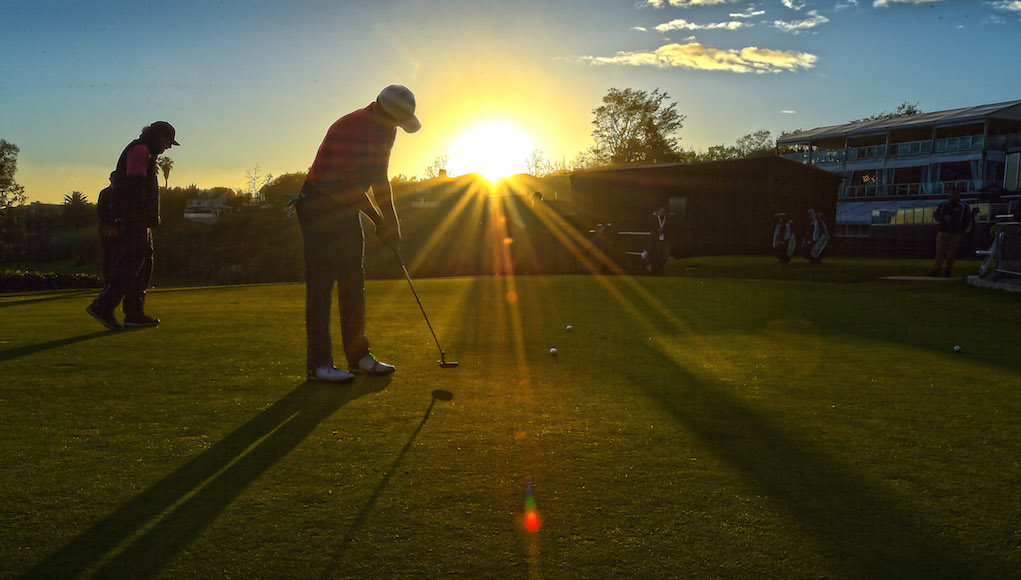
Putting is an important 40 percent of the game at virtually every level of play. In 2016, the average PGA Tour player needed 29 putts to shoot their average score of 70.85 (41 percent of their strokes). The average 17-handicap golfer needs 34 putts to achieve their average score of 89 (38 percent).
Clearly, not many of us have the physical skill to drive the ball like a Tour player, but almost anyone can putt like a Tour player with the right equipment, technique and practice. There’s been a lot written on the equipment and techniques golfers should use to putt better. What’s not talked about as much is how golfers should practice putting… and from what distances?
For the answer, I studied our ShotByShot.com database recorded at a 17 Slope Adjusted Differential (this was the 12,000-plus rounds when the golfers actually played exactly to their 17 handicap). I had a stronger motive for this research than writing this article. We have added a new product to our ShotByShot.com Strokes Gained analysis: a putting skills test and practice app. Our goal is to provide an additional, simple but intelligent application to accurately test putting skill and focus practice time for meaningful improvement.
Through our research, we learned that a 17-handicap male golfer’s average round includes the following.
Long Game: Only 4.7 GIRs with an average putting distance of 26 feet on these successful GIR’s.
Short Game (shots within 50 yards of the hole):
- 10 chip/pitch shots, successfully hits eight on the green (two errors or missed greens) to an average putting distance of 14 feet.
- Two sand shots. When he successfully hits the green (only 68 percent of his sand attempts), his average putting distance is 17 feet.
Putting (34 total putts including):
- 1-Putts = 3.7
- 2-Putts = 11.8
- 3-Putts = 2.25
- 4-Putts = once in every 20 rounds.
50 Percent Make Distance: The distance from which he will make 50 percent of his putting opportunities is 5 feet. By comparison, the PGA Tour player’s 50 percent make distance is 8 feet.
2-Putt Range: The distance from which he will average 2 putts is 16 feet. This means that outside of 16 feet, our 17 handicap will 3-putt with a greater frequency than 1-putt. The PGA Tour’s 2.0 distance is 34 feet.
I used the data above along with the array of putting opportunities below (first, second and thirds putts) in combination with the putting performance from each distance to project recommended practice. As you can see below, 68 percent of the average golfer’s putting opportunities fall from 15 feet and closer and 41 percent from 5 feet and in.
The chart below displays our average 17 handicaper’s 1-putt and 3-putt percentages by distance range.
Finally, I charted the 1-putt percentages from 3-10 feet for the average 17- and 10-handicap golfers.
Practice Recommendations
- Time? Putting is worth 40 percent of the time you are willing to devote to your golf practice.
- 70 percent of your practice putting time should be devoted to increasing your 1-putt percentages on short putts and extending your 50 percent make distance.
- 30 percent of your putting practice time should be spent improving your distance control on lag putts in the 20-50 foot ranges and extending your two-putt distance.
Short Putts: Star Drill
Distance Control: Lag Putts
Place a tee 20 feet from a target or hole. Use two or three balls and practice lagging them back and forth until you can consistently get the balls to the target, but no farther than 2 feet past the hole. Repeat the drill from 30 and 40 feet trying to leave the putts no farther than 3 feet from the target.
You can test your putting skill and record your practice at www.shotbyshot.com.
- LIKE317
- LEGIT27
- WOW5
- LOL4
- IDHT5
- FLOP5
- OB6
- SHANK9
Instruction
The Wedge Guy: The easiest-to-learn golf basic

My golf learning began with this simple fact – if you don’t have a fundamentally sound hold on the golf club, it is practically impossible for your body to execute a fundamentally sound golf swing. I’m still a big believer that the golf swing is much easier to execute if you begin with the proper hold on the club.
As you might imagine, I come into contact with hundreds of golfers of all skill levels. And it is very rare to see a good player with a bad hold on the golf club. There are some exceptions, for sure, but they are very few and very far between, and they typically have beat so many balls with their poor grip that they’ve found a way to work around it.
The reality of biophysics is that the body moves only in certain ways – and the particulars of the way you hold the golf club can totally prevent a sound swing motion that allows the club to release properly through the impact zone. The wonderful thing is that anyone can learn how to put a fundamentally sound hold on the golf club, and you can practice it anywhere your hands are not otherwise engaged, like watching TV or just sitting and relaxing.
Whether you prefer an overlap, interlock or full-finger (not baseball!) grip on the club, the same fundamentals apply. Here are the major grip faults I see most often, in the order of the frequency:
Mis-aligned hands
By this I mean that the palms of the two hands are not parallel to each other. Too many golfers have a weak left hand and strong right, or vice versa. The easiest way to learn how to hold the club with your palms aligned properly is to grip a plain wooden ruler or yardstick. It forces the hands to align properly and shows you how that feels. If you grip and re-grip a yardstick several times, then grip a club, you’ll see that the learning curve is almost immediate.
The position of the grip in the upper/left hand
I also observe many golfers who have the butt of the grip too far into the heel pad of the upper hand (the left hand for right-handed players). It’s amazing how much easier it is to release the club through the ball if even 1/4-1/2″ of the butt is beyond the left heel pad. Try this yourself to see what I mean. Swing the club freely with just your left hand and notice the difference in its release from when you hold it at the end of the grip, versus gripping down even a half inch.
To help you really understand how this works, go to the range and hit shots with your five-iron gripped down a full inch to make the club the same length as your seven-iron. You will probably see an amazing shot shape difference, and likely not see as much distance loss as you would expect.
Too much lower (right) hand on the club
It seems like almost all golfers of 8-10 handicap or higher have the club too far into the palm of the lower hand, because that feels “good” if you are trying to control the path of the clubhead to the ball. But the golf swing is not an effort to hit at the ball – it is a swing of the club. The proper hold on the club has the grip underneath the pad at the base of the fingers. This will likely feel “weak” to you — like you cannot control the club like that. EXACTLY. You should not be trying to control the club with your lower/master hand.
Gripping too tightly
Nearly all golfers hold the club too tightly, which tenses up the forearms and prevents a proper release of the club through impact. In order for the club to move back and through properly, you must feel that the club is controlled by the last three fingers of the upper hand, and the middle two fingers of the lower hand. If you engage your thumbs and forefingers in “holding” the club, the result will almost always be a grip that is too tight. Try this for yourself. Hold the club in your upper hand only, and squeeze firmly with just the last three fingers, with the forefinger and thumb off the club entirely. You have good control, but your forearms are not tense. Then begin to squeeze down with your thumb and forefinger and observe the tensing of the entire forearm. This is the way we are made, so the key to preventing tenseness in the arms is to hold the club very lightly with the “pinchers” — the thumbs and forefingers.
So, those are what I believe are the four fundamentals of a good grip. Anyone can learn them in their home or office very quickly. There is no easier way to improve your ball striking consistency and add distance than giving more attention to the way you hold the golf club.
More from the Wedge Guy
- The Wedge Guy: Golf mastery begins with your wedge game
- The Wedge Guy: Why golf is 20 times harder than brain surgery
- The Wedge Guy: Musings on the golf ball rollback
- LIKE83
- LEGIT13
- WOW4
- LOL1
- IDHT0
- FLOP4
- OB1
- SHANK8
Instruction
Clement: Stop ripping off your swing with this drill!

Not the dreaded headcover under the armpit drill! As if your body is defective and can’t function by itself! Have you seen how incredible the human machine is with all the incredible feats of agility all kinds of athletes are accomplishing? You think your body is so defective (the good Lord is laughing his head off at you) that it needs a headcover tucked under the armpit so you can swing like T-Rex?
- LIKE0
- LEGIT1
- WOW2
- LOL0
- IDHT0
- FLOP0
- OB0
- SHANK2
Instruction
How a towel can fix your golf swing
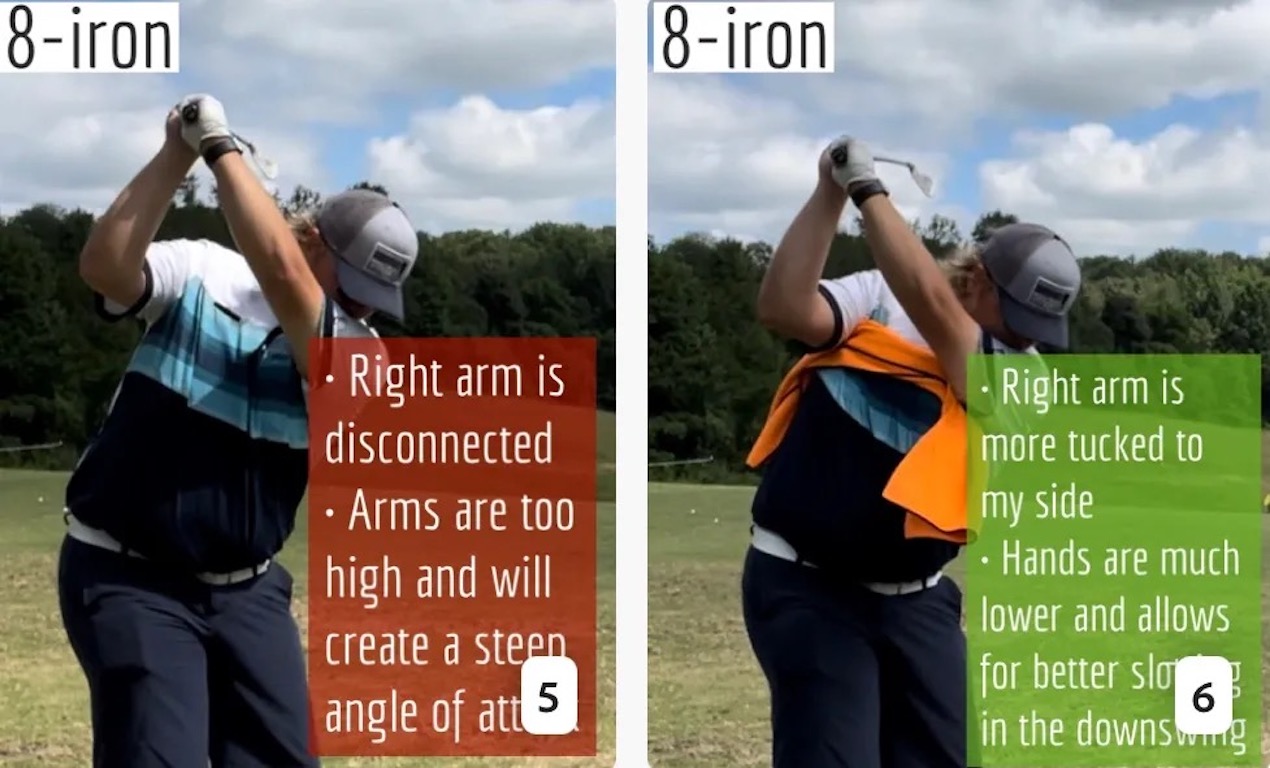
This is a classic drill that has been used for decades. However, the world of marketed training aids has grown so much during that time that this simple practice has been virtually forgotten. Because why teach people how to play golf using everyday items when you can create and sell a product that reinforces the same thing? Nevertheless, I am here to give you helpful advice without running to the nearest Edwin Watts or adding something to your Amazon cart.
For the “scoring clubs,” having a solid connection between the arms and body during the swing, especially through impact, is paramount to creating long-lasting consistency. And keeping that connection throughout the swing helps rotate the shoulders more to generate more power to help you hit it farther. So, how does this drill work, and what will your game benefit from it? Well, let’s get into it.
Setup
You can use this for basic chip shots up to complete swings. I use this with every club in my bag, up to a 9 or 8-iron. It’s natural to create incrementally more separation between the arms and body as you progress up the set. So doing this with a high iron or a wood is not recommended.
While you set up to hit a ball, simply tuck the towel underneath both armpits. The length of the towel will determine how tight it will be across your chest but don’t make it so loose that it gets in the way of your vision. After both sides are tucked, make some focused swings, keeping both arms firmly connected to the body during the backswing and follow through. (Note: It’s normal to lose connection on your lead arm during your finishing pose.) When you’re ready, put a ball in the way of those swings and get to work.
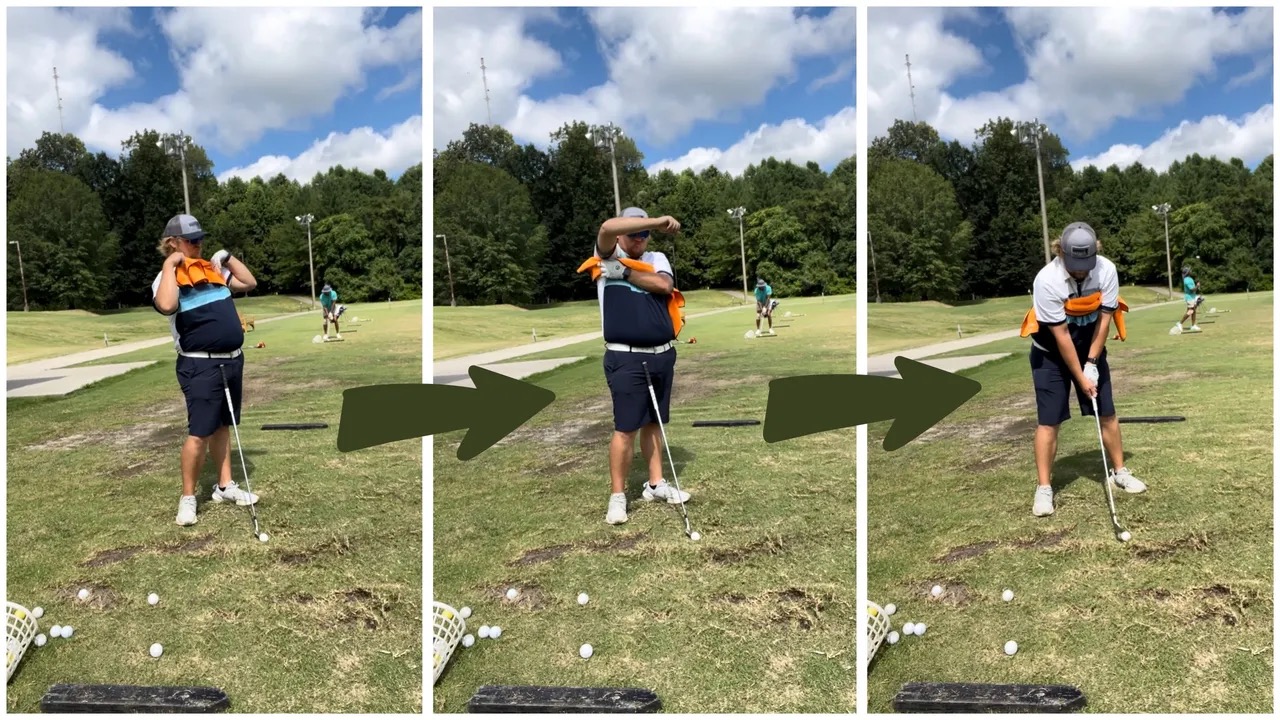
Get a Better Shoulder Turn
Many of us struggle to have proper shoulder rotation in our golf swing, especially during long layoffs. Making a swing that is all arms and no shoulders is a surefire way to have less control with wedges and less distance with full swings. Notice how I can get in a similar-looking position in both 60° wedge photos. However, one is weak and uncontrollable, while the other is strong and connected. One allows me to use my larger muscles to create my swing, and one doesn’t. The follow-through is another critical point where having a good connection, as well as solid shoulder rotation, is a must. This drill is great for those who tend to have a “chicken wing” form in their lead arm, which happens when it becomes separated from the body through impact.
In full swings, getting your shoulders to rotate in your golf swing is a great way to reinforce proper weight distribution. If your swing is all arms, it’s much harder to get your weight to naturally shift to the inside part of your trail foot in the backswing. Sure, you could make the mistake of “sliding” to get weight on your back foot, but that doesn’t fix the issue. You must turn into your trial leg to generate power. Additionally, look at the difference in separation between my hands and my head in the 8-iron examples. The green picture has more separation and has my hands lower. This will help me lessen my angle of attack and make it easier to hit the inside part of the golf ball, rather than the over-the-top move that the other picture produces.
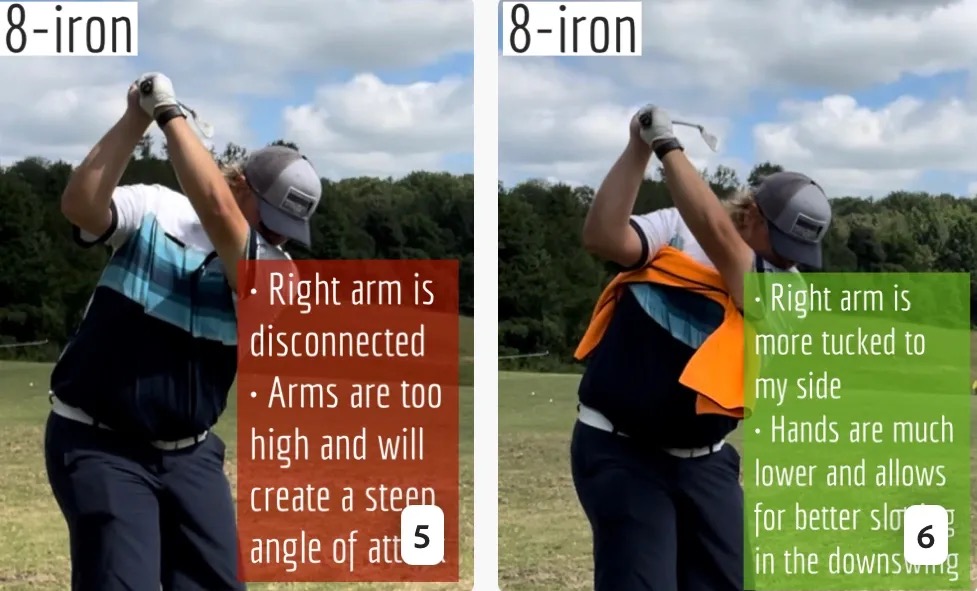
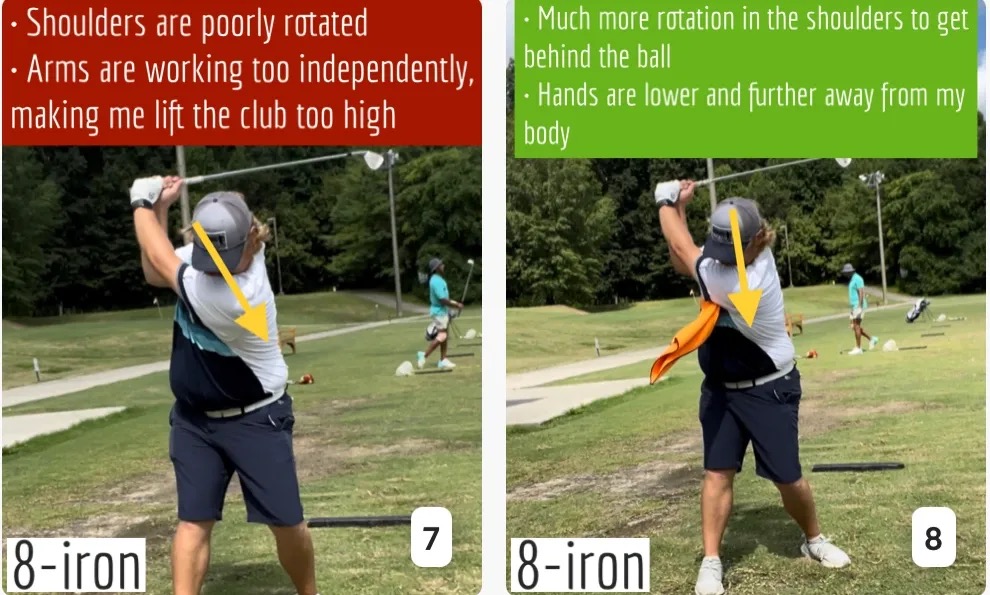
Stay Better Connected in the Backswing
When you don’t keep everything in your upper body working as one, getting to a good spot at the top of your swing is very hard to do. It would take impeccable timing along with great hand-eye coordination to hit quality shots with any sort of regularity if the arms are working separately from the body.
Notice in the red pictures of both my 60-degree wedge and 8-iron how high my hands are and the fact you can clearly see my shoulder through the gap in my arms. That has happened because the right arm, just above my elbow, has become totally disconnected from my body. That separation causes me to lift my hands as well as lose some of the extension in my left arm. This has been corrected in the green pictures by using this drill to reinforce that connection. It will also make you focus on keeping the lead arm close to your body as well. Because the moment either one loses that relationship, the towel falls.
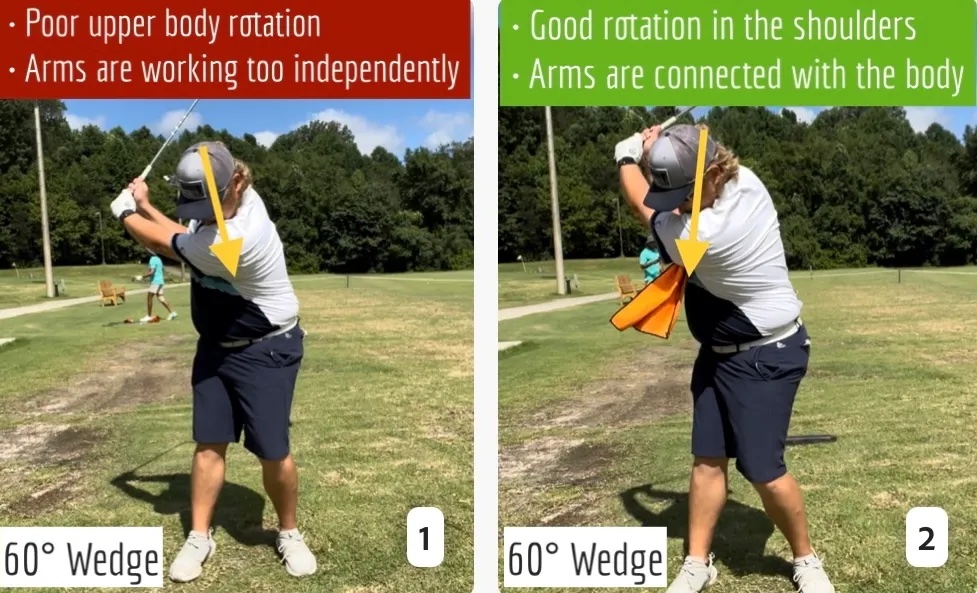
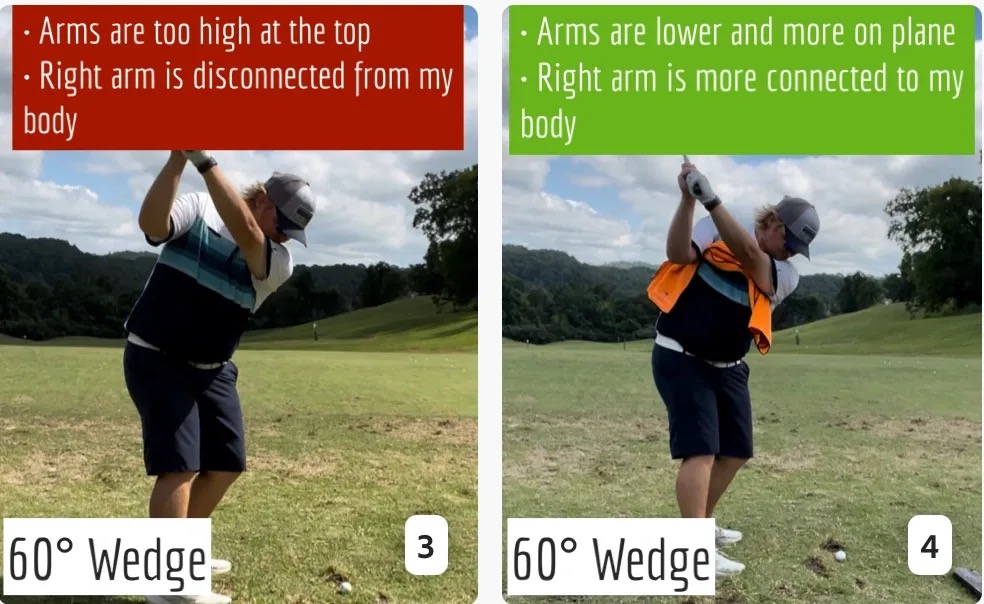
Conclusion
I have been diligent this year in finding a few drills that target some of the issues that plague my golf game; either by simply forgetting fundamental things or by coming to terms with the faults that have bitten me my whole career. I have found that having a few drills to fall back on to reinforce certain feelings helps me find my game a little easier, and the “towel drill” is most definitely one of them.
- LIKE12
- LEGIT1
- WOW2
- LOL0
- IDHT0
- FLOP2
- OB0
- SHANK8
-
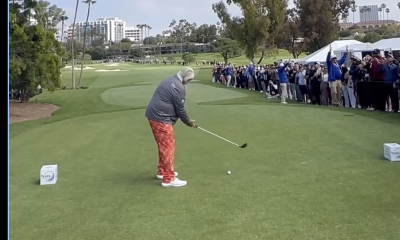
 19th Hole2 weeks ago
19th Hole2 weeks agoJohn Daly stuns fans into silence with brutal opening tee shot on PGA Tour Champions
-
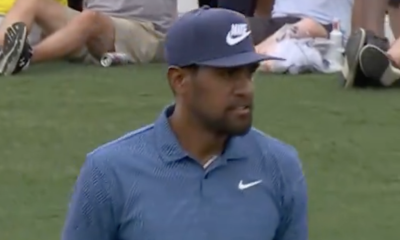
 19th Hole4 days ago
19th Hole4 days agoThings got heated at the Houston Open between Tony Finau and Alejandro Tosti. Here’s why
-

 19th Hole1 day ago
19th Hole1 day agoReport: Tiger Woods has ‘eliminated sex’ in preparation for the 2024 Masters
-

 19th Hole2 weeks ago
19th Hole2 weeks ago2-time major champ announces shock retirement from the sport at age of 33
-

 19th Hole2 weeks ago
19th Hole2 weeks agoEdoardo Molinari reveals the latest PGA Tour golfer to turn down ‘good offer’ from LIV Golf
-

 19th Hole2 weeks ago
19th Hole2 weeks agoCharlie Woods finds it tough going on American Junior Golf Association debut
-

 19th Hole3 weeks ago
19th Hole3 weeks agoScottie Scheffler had an interesting response when asked how he ‘quiets the noise’ following Players victory
-

 19th Hole2 weeks ago
19th Hole2 weeks agoJon Rahm dealt fresh blow to hopes of qualifying for 2025 Ryder Cup


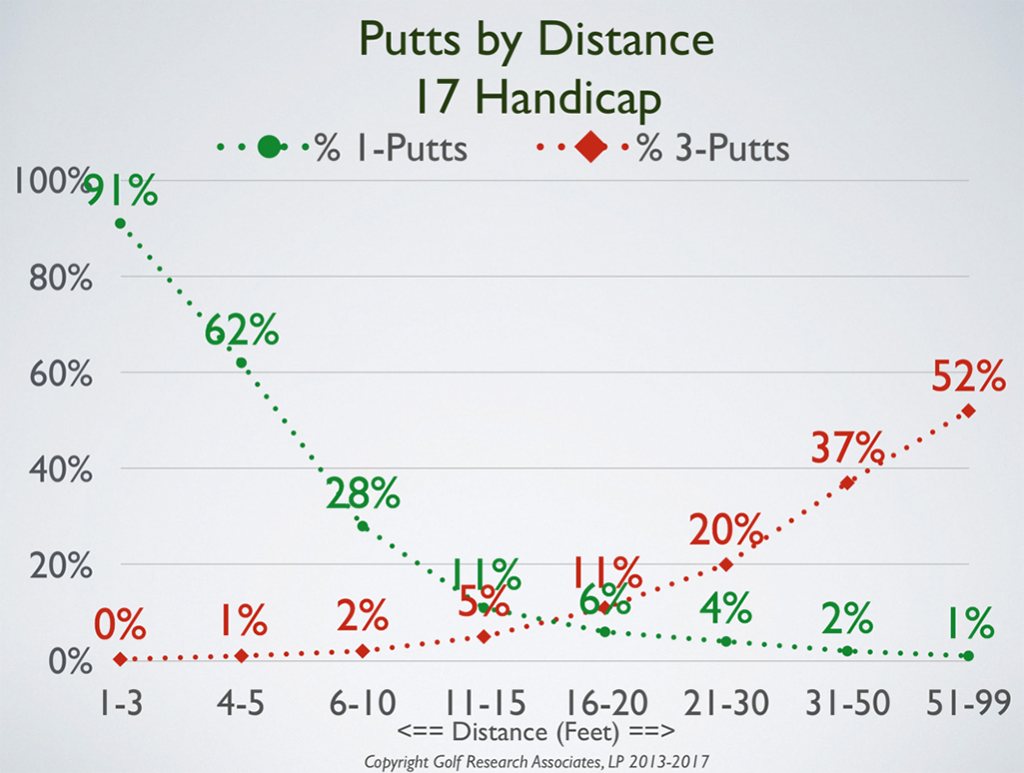
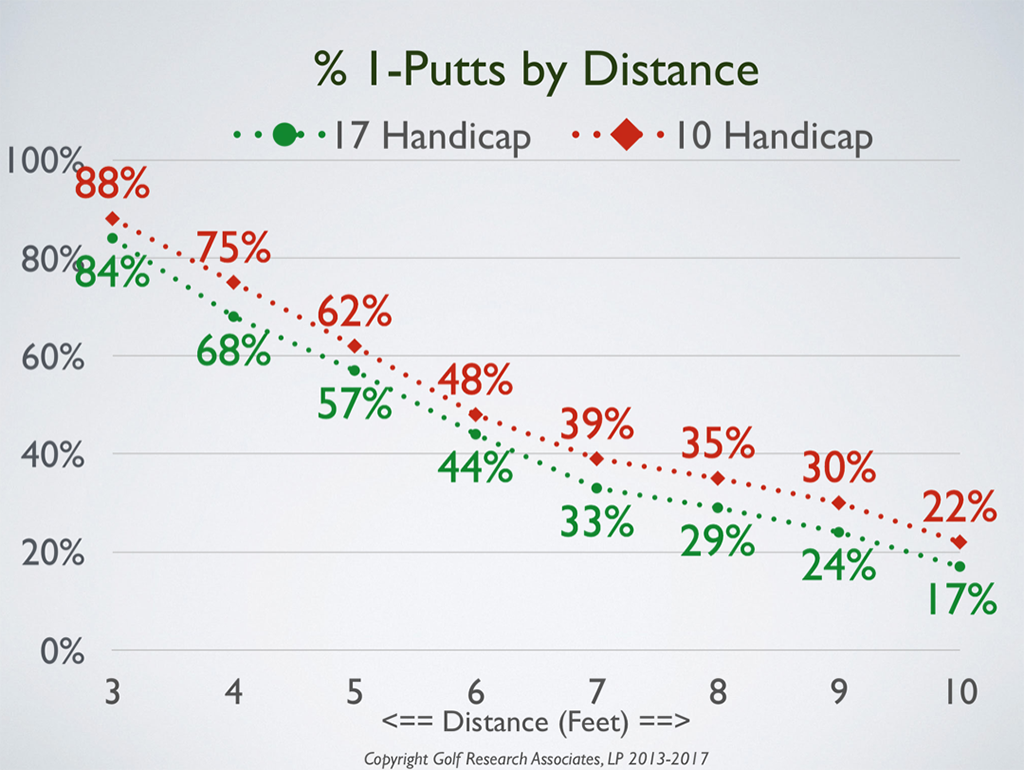
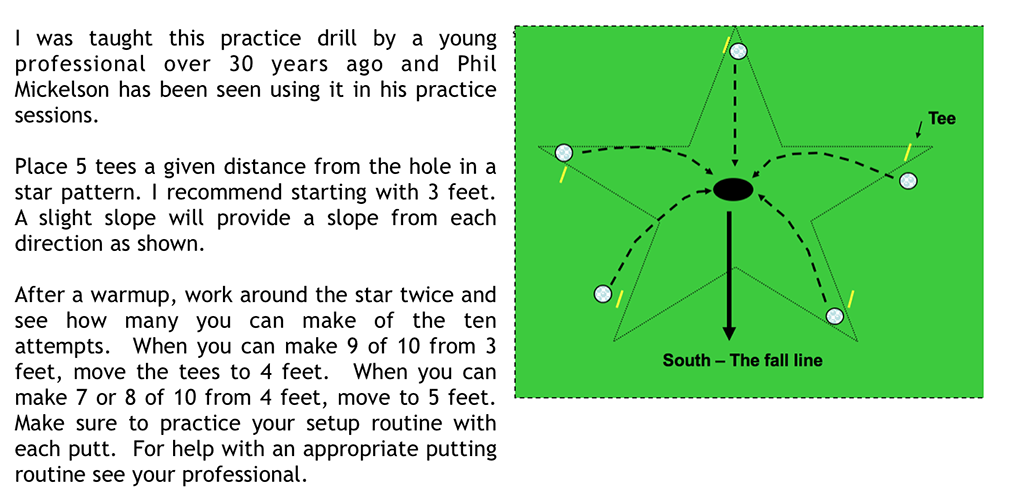










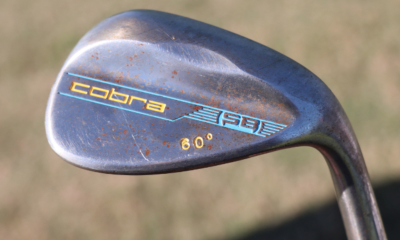





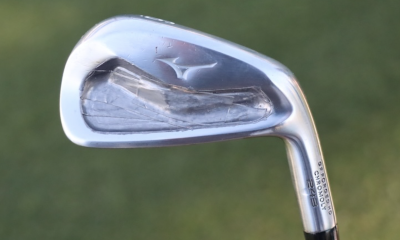

Pingback: How to Effectively Use Your Golf Practice Time | High Golf Handicap
hoa
Dec 30, 2017 at 11:20 am
If you’re talking inside the “Circle of Friendship”, that’s good
hoa tuoi dep
Dec 30, 2017 at 11:20 am
That was very accurate for me. Thanks for the reminder!
tamloplaysang
Oct 16, 2017 at 1:25 pm
thank for sharings
dichvuvietbaiseo
Oct 12, 2017 at 12:39 am
Thank you very much
chothuemayphotocopy.info
Oct 1, 2017 at 12:06 am
Woow thank you very much. Very good is infomation.
thuemayphoto.info
Sep 15, 2017 at 5:22 am
Thank yo very much. it’s the good information
autobotme
Jul 26, 2017 at 1:57 am
thanks for sharing posts
hack like facebook in my website: https://auto-bot.me/
tivi
Jul 12, 2017 at 1:28 pm
Great article. I’ve always shot between 81-86, with the occasional trip into the high 70’s if I get the opportunity to play more. I ended up breaking my 3, 5, and 7 iron and never got them fixed. It may seem obvious, but when I came back from a long layoff, not having those clubs in my bag had almost zero impact on my scores. This just made me realize even more definitively that I need to work on my approach shots and putting if I want my scores to improve
linh vat phong thuy
Jul 6, 2017 at 6:41 am
A departure from “traditional stats,” the program provided analysis with answers, supported by comparative data.
boc rang su tham my
Jun 7, 2017 at 5:03 am
If you’re talking inside the “Circle of Friendship”, that’s good, pick it up.
Hoanguyen
Jun 1, 2017 at 5:06 am
B?O V? S?C KH?E http://suckhoe2t.net/phong-kham-da-khoa-3-thang-2-co-tot-va-uy-tin-khong/
vncoupon
May 21, 2017 at 10:48 pm
Great article with the stats to show comparisons 🙂
sharemagiamgia
Apr 27, 2017 at 4:55 am
Good article with the stats to show comparisons.
nam giam can
Apr 24, 2017 at 10:04 am
Golf is a sport for the nobility
vach ngan ve sinh chong am
Apr 21, 2017 at 5:17 pm
So I ageee with the writer that working on lag putting and short putts in combination makes a lot of sense.
tien dola am phu
Apr 5, 2017 at 11:51 am
Differential (this was the 12,000-plus rounds when the golfers actually played exactly to their 17 handicap). I had a stronger motive for this research than writing this article. We have added a new product to our ShotByShot.com Strokes Gained analysis: a putting skills test and practice app. Our goal is to provide an additional, simple but intelligent application to accurately test putting skill and focus practice time for meaningful improvement.
giaphatland.vn/properties/ban-can-ho-chung-cu-sensation-thao-dien-quan-2
Apr 3, 2017 at 9:54 pm
I’d ask myself why I’m so far away from the hole so frequently when I’m not on the green in regulation. Bad short game. The 17 capper probably puts it in the 6-10 foot range while chipping on his “good” chips. A great chip gets within 3 feet, and a bad one is probably 15+ feet. Why would he spend a ton of time on those 8 footers instead of working on getting closer to the hole? If your good chips turn into 3-5 footers, your great chips are now kick-ins, and your bad ones are now 10-15 feet away, you’re going to start making more putts without even having to make more 8 footers based on the fact that you’re now closer to the hole the majority of the time. Then he can work on those 8 footers after he starts improving his short game.
giaphatland.vn/ban-can-ho-chung-cu-millennium-ben-van-don-quan-4
Apr 3, 2017 at 6:24 am
Again, I’m not saying that working on your putting is a bad idea by any means; pretty much everyone should do it more than they do. Obviously making more 8-footers is a great thing for anybody’s game, but that definitely wouldn’t be my go-to for this type of player. Unless he’s going to start hitting more greens in regulation (then he’d need more help lag putting most likely), he’d be much better served working on getting his average short game shot down from that 14 foot distance. He’ll likely drop significantly more strokes doing that than making 20% more of his 8 footers.
HW
Mar 16, 2017 at 2:06 pm
Great article. I’ve always shot between 81-86, with the occasional trip into the high 70’s if I get the opportunity to play more. I ended up breaking my 3, 5, and 7 iron and never got them fixed. It may seem obvious, but when I came back from a long layoff, not having those clubs in my bag had almost zero impact on my scores. This just made me realize even more definitively that I need to work on my approach shots and putting if I want my scores to improve.
http://hoclaixenang.edu.vn/
Mar 14, 2017 at 1:42 pm
This is really necessary for the goft player. This information is useful to me. Thank You!
chinchbugs
Mar 11, 2017 at 8:54 pm
In other news….water is wet
Nick
Mar 11, 2017 at 11:53 am
I love the star drilled. I was taught that when I was in college and still use it religiously. I usually try to make 15 before I move a foot back. I’ll start with 3 balls at 3 feet and after I make 15 straight, I’ll go back a foot. Another drill I think is really good is the 3,6,9 drill. Place tees at 3, 6, and 9 feet and the goal is to make three in a row before moving to the next tee. In college we used 10 balls and had to make 10/10 at 3 feet, 8/10 from 6 feet and 6/10 from 9 feet. I saw the new method on one of the golf channel academies with Jim furyk. Once you practice these drills, there won’t be as much pressure on your chipping. These are few additional drills but for a scratch golfer I still do them every time I practice my putting.
Tim
Mar 11, 2017 at 10:33 am
In other news, studies show apples are good for your health and should eat more of them….
Iutodd
Mar 11, 2017 at 8:04 am
I do the “cross” drill where I put balls every 18″ or so out to about 5′ (3-4 balls) and I have to make every one before I rotate 90 degrees and do it from side. I like it because you’re going to make ~100% of your first putt and it’s helpful to see the ball go in the hole.
Radim Pavlicek
Mar 11, 2017 at 4:57 am
Excellent, now I would like to see 6hcp and scratch.
Peter Sanders
Mar 12, 2017 at 11:51 am
Thanks Radim,
All the comparative data is part of the program: shotbyshot.com
http://haiminhco.com.vn
Mar 10, 2017 at 10:24 pm
V?i nhi?u chính sách ?u ?ãi h? tr? ng??i dùng. Nhi?u dòng s?n ph?m máy photocopy ?ã cho ra m?t r?t nhi?u dòng máy có ch?c n?ng t?t c?ng nh? hi?n ??i nh?t. Ph?c v? m?c ?ích s? d?ng c?a ng??i dùng
Kelvin Kelley
Mar 10, 2017 at 9:25 pm
Good article with the stats to show comparisons.
Jim
Mar 10, 2017 at 3:54 pm
Um, no kidding. As most weekend golfers just show up swing a couple of times and tee off this isn’t exactly ground breaking news. That said I’ve noticed practicing my putting over the past few years has really paid off along with practicing chipping as well. As more than half your shots are around the green it only makes sense over just bashing your driver anyway.
Jack Nash
Mar 10, 2017 at 2:04 pm
If you’re talking inside the “Circle of Friendship”, that’s good, pick it up.
BallBuster
Mar 10, 2017 at 12:43 pm
The concept is simple to understand, but most of all it worked well for me. I bought one of those Butch Harmon Inside Down the Line putting tracks (I believe this is the method he taught Tiger Woods years ago as Tiger and Butch have both referred to it later in publications after I bought it to confirm it’s legit value for training to me). I used that nightly down my basement putting from 4-10 feet and often hitting up to 60-70 putts at night… plus at the course on a practice green too. I saw my putting stats drop by about 5 strokes on average, which obviously translated to lowering my hcp. I found the lag putting practice wasn’t as necessary as I once thought since my confidence to hit 4 and 5 footers after a mediocre lag putt helped save an extra stroke on that green. As they say, there’s never a bad first putt when you make the second… unless you miss a gimme I suppose!
Tom
Mar 10, 2017 at 12:06 pm
This is news to me?
N. D. Boondocks
Mar 10, 2017 at 11:37 am
Maybe it’s just my home course, but I’d be seriously angering a lot of other golfers also trying to use the practice green if I used that putting drill.
Steve
Mar 10, 2017 at 11:20 am
Maybe I’m missing something, but to me, it looks like research shows that golfers need to work on their short game and lag putting more than their short putts…
If the player is 3-putting from 30ft, I’d argue that it’s not really because he missed a 5-10 footer for his 2-putt; it’s because he left himself a 10 footer for his second putt instead of a tap-in to begin with.
TR1PTIK
Mar 10, 2017 at 11:42 am
Agreed. Using Game Golf, I’ve learned that my best scores come when my short game is dialed and my putting average changes very little.
Using Game Golf’s Strokes Gained feature vs. Scratch for example, my best round (78) showed that I was 1.25 strokes worse off the tee, 2.12 strokes worse on approach, 2.65 worse on short game, and 2.29 worse on putting. My best round so far in 2017 (88) on the other hand has me at 1.1 worse off the tee, 4.61 worse on approach, 9.75 worse on short game, and 2.34 worse on putting.
I’m generally a good lag putter, and have made several putts outside of 10′ even 15′ from a variety of slopes and lies. I’d be much closer to a single-digit handicap if I put more work in on my short game.
Ian
Mar 10, 2017 at 12:35 pm
you may do better to track this one stat – http://www.golfwrx.com/285949/the-truth-behind-greens-in-regulation-and-scoring/
TR1PTIK
Mar 10, 2017 at 4:16 pm
I remember that one. That was very accurate for me. Thanks for the reminder!
Iutodd
Mar 11, 2017 at 9:39 am
I missed that one somehow. That is interesting. You kind of have to work backwards – and honestly if you’re trying to break 80 or 70 you need all aspects of your game working right?
But if I need to hit at least 7 gir to break 80 (on average) that probably means I need to hit 6-7 fairways and you figure you’ll hit 1-3 of the par 3 greens. I don’t know what percentage of greens are hit from the fairway but if you’re in the trees all the time I’m guessing your percentage of GIR go way down.
But to me even if GIR is a key stat – you’re going to be 30-40 feet away so lag putting is very important. And if you scramble 11 times a round making five footers is also really important.
So I ageee with the writer that working on lag putting and short putts in combination makes a lot of sense.
Peter Sanders
Mar 11, 2017 at 10:57 am
Ian,
I agree that GIR’s is the best of all the old, traditional, 1-dimensional stats. It signifies 2 positives: 1. One’s game has been efficient enough to get there and 2. It is always a birdie putt of some length. The problem with GIR’s is also two fold: 1. The avg. golfer hits less than 5 per round and 2. It provides no answers as to the cause of all the NON-GIR’s.
Peter Sanders
Mar 11, 2017 at 10:52 am
TR1PTIK,
Please correct me if I am wrong but isn’t Game Golf analyzing your putting based upon # of putts? GPS is only accurate to about 8 meters (25 feet) so the GPS systems cannot get short game or putting distances. Putting analysis based upon # of putts is as accurate as balancing one’s checkbook based solely upon the # of checks written.
DW
Mar 10, 2017 at 12:06 pm
I think the argument is saying the golfer in this example has very few 30 ft putts anyway, so being able to 1 putt from 8 feet rather than 2 putt is a gamechanger.
Steve
Mar 11, 2017 at 12:39 am
Well yah, making more putts is obviously a good thing. But how much improvement can you realistically expect? Even the best players in the world are only making around 50% of putts from 8ft… The graph above shows the 17 capper making about 30% of putts from that distance. So even if he becomes as good as a professional from 8ft, which is extremely unlikely no matter how much he practices because he probably plays on muni greens, then he MIGHT pick up a couple strokes per round. Wouldn’t he be better off figuring out why he’s around 8+ft from the hole so frequently, especially when he’s only hitting 4-5 greens in regulation?
If I’m a 17 capper looking at the statistics and see that a pro is only taking 5 less putts per round than me despite shooting 17 strokes lower on average, I’m not thinking, “Oh, he must be making more 8 footers than me.” First, I’d realize that the pro is hitting SIGNIFICANTLY more greens than me, hence the reason he’s only taking 5 less putts per round (2-putts aren’t a bad thing if you’re on the green in regulation). So the obvious solution would be to hit more greens in regulation. Obviously that’s not the world’s easiest task, especially for a 17 capper. So assuming that won’t change much, what’s an easier way to lower my putt total (and total score)?
1) The player in this example is averaging 2.25 3-putts per round. Unless he’s playing on some REALLY difficult greens, he’s not a very good lag putter. A realistic goal would be to try to get that down to 1 3-putt per round. There’s a shot off your score, and you don’t have to make an extra 8 footer to do it.
2) I’d ask myself why I’m so far away from the hole so frequently when I’m not on the green in regulation. Bad short game. The 17 capper probably puts it in the 6-10 foot range while chipping on his “good” chips. A great chip gets within 3 feet, and a bad one is probably 15+ feet. Why would he spend a ton of time on those 8 footers instead of working on getting closer to the hole? If your good chips turn into 3-5 footers, your great chips are now kick-ins, and your bad ones are now 10-15 feet away, you’re going to start making more putts without even having to make more 8 footers based on the fact that you’re now closer to the hole the majority of the time. Then he can work on those 8 footers after he starts improving his short game.
Again, I’m not saying that working on your putting is a bad idea by any means; pretty much everyone should do it more than they do. Obviously making more 8-footers is a great thing for anybody’s game, but that definitely wouldn’t be my go-to for this type of player. Unless he’s going to start hitting more greens in regulation (then he’d need more help lag putting most likely), he’d be much better served working on getting his average short game shot down from that 14 foot distance. He’ll likely drop significantly more strokes doing that than making 20% more of his 8 footers.